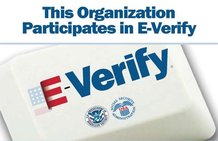Our Legacy
Inspired by President Kennedy, Partners of the Americas was founded in 1964 as the people-to-people component of the Alliance for Progress.
The idea behind Partners came from a Foreign Service Officer named Jim Boren who was stationed in Peru in the early 1960s. To help meet local needs, Boren often recruited groups in his native Texas to fund projects such as digging wells or fixing battered roads. Connecting people across the hemisphere proved an innovative approach to solving problems. Yet, Boren’s model was more than a one-way transfer of assistance from North to South. After years of service, Boren understood a crucial aspect of effective international partnership: if solutions were to have lasting impact, locals would have to be involved in the development process—engaged as active participants and not merely recipients of foreign resources and aid.
Boren’s vision complemented Kennedy’s approach to Latin America, and thus Partners of the Alliance was established within the U.S. Agency for International Development (USAID). The new organization worked to unite volunteers in U.S. states with their counterparts in countries or regions of Latin America. Emphasizing people-to-people relationships and operating outside of government-to-government diplomacy, Partners of the Alliance soon shifted to the private sector and changed its name to Partners of the Americas. Since then, Partners has endured military conflicts, natural disasters and political upheavals and remains a key presence in communities throughout the Western Hemisphere.
Learn more about Partners’ history through the interactive timeline below and why we work in the Americas here.
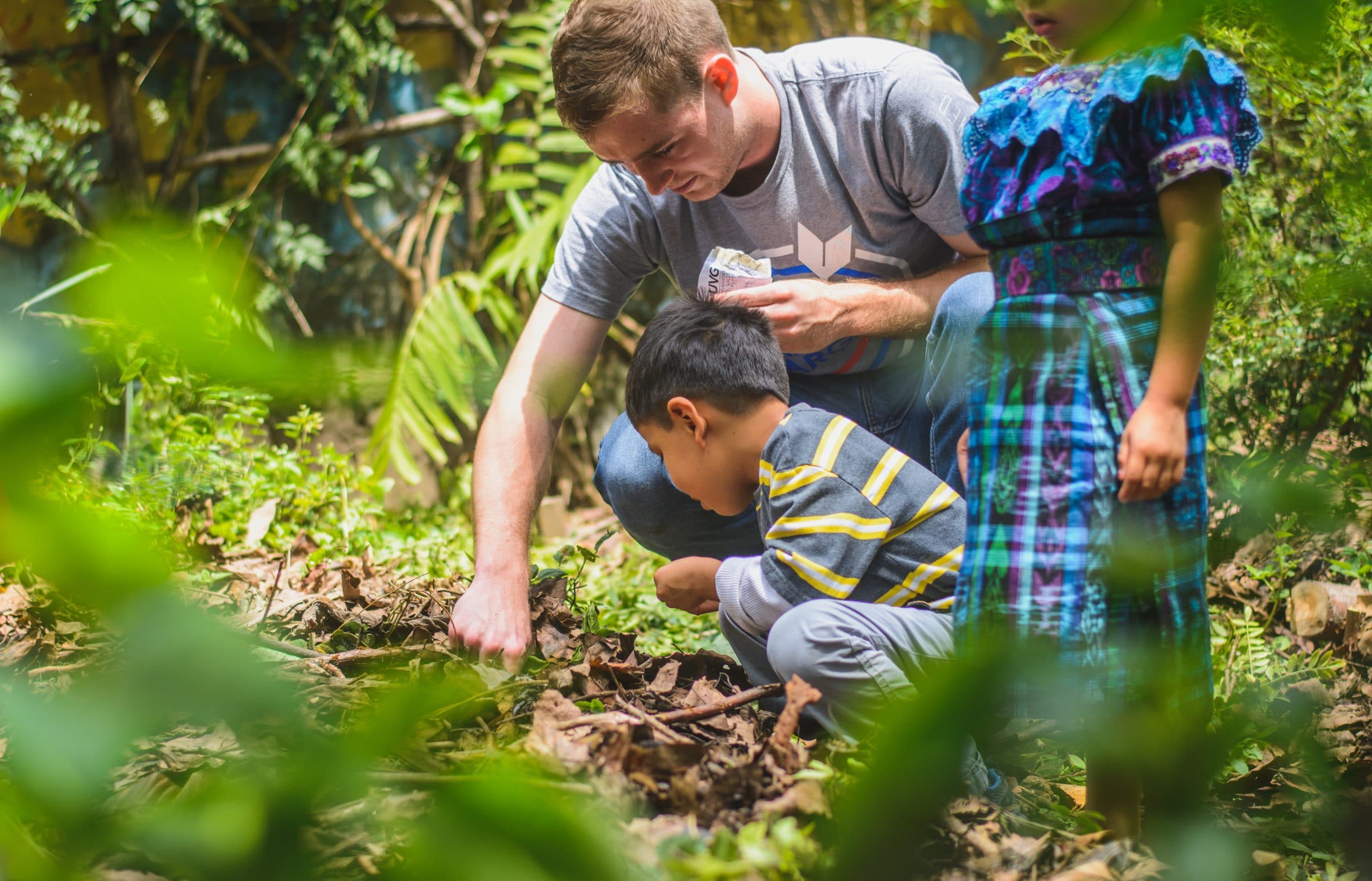
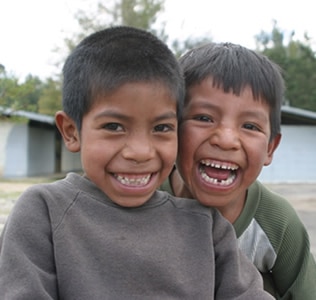
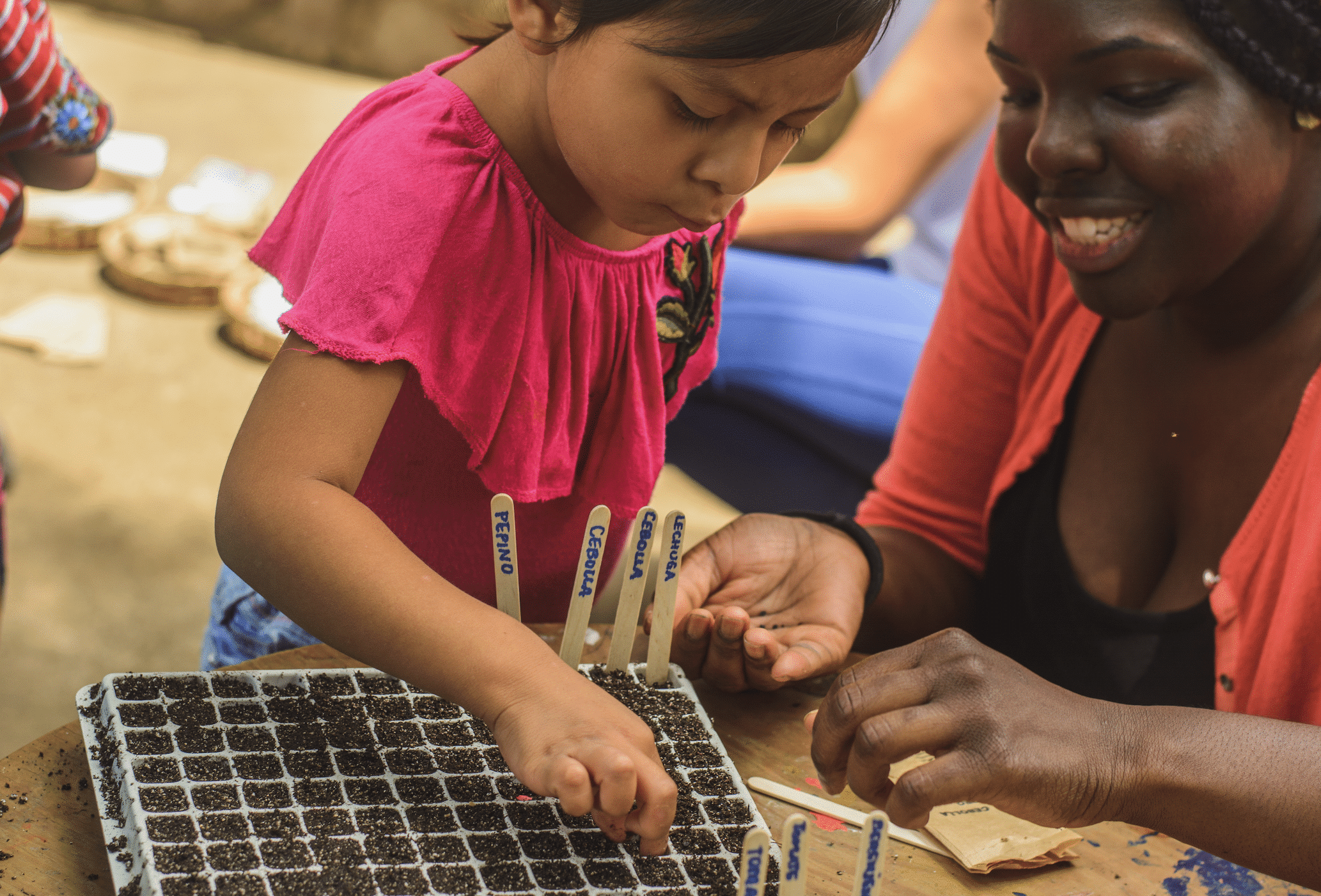
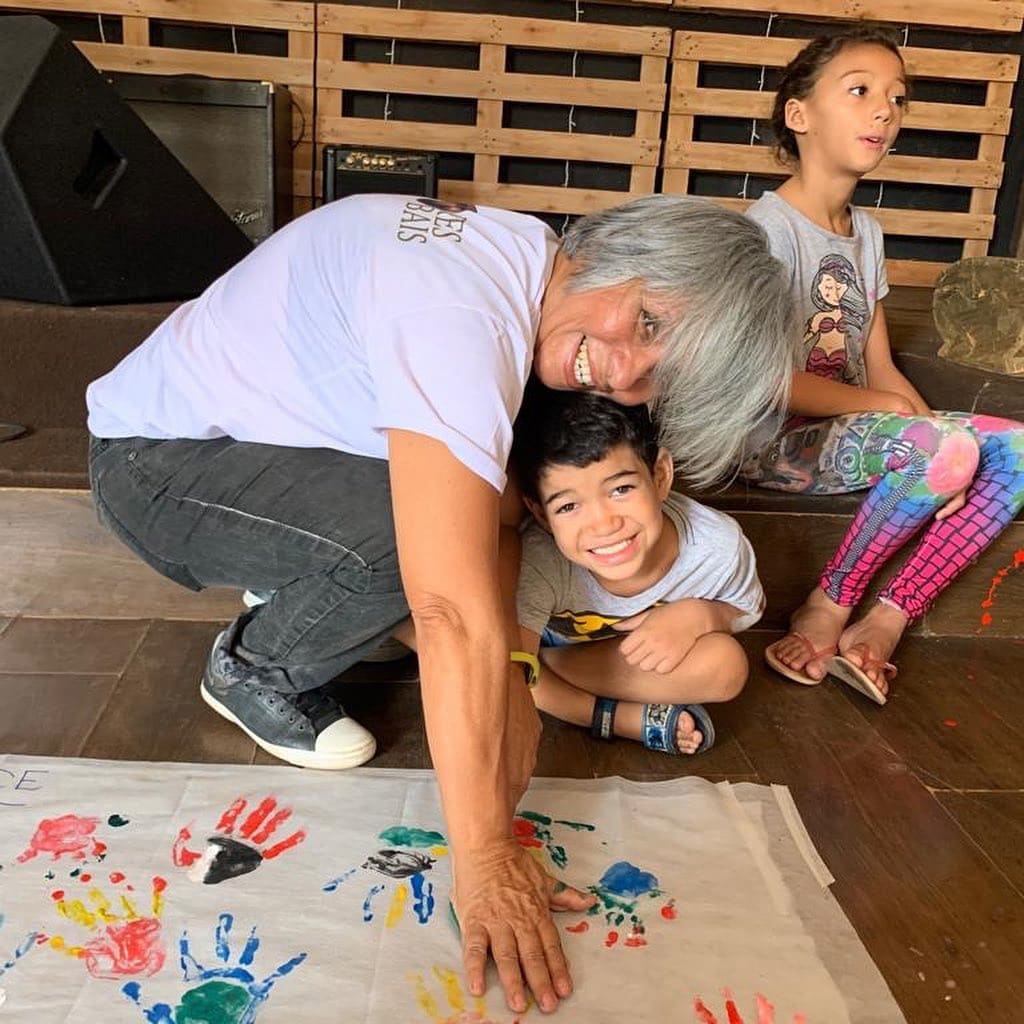
Our History
1962
President John F. Kennedy launches the Alliance for Progress—a program of governmental cooperation in the Western Hemisphere.
1963
President Kennedy directs his staff to find ways to include private citizens in a “people-to-people” program as part of the Alliance for Progress. The unique concept of bilateral “partnerships,” linking volunteers in Latin America and the Caribbean, is born.
Assistant Director for USAID-Peru and Texan Jim Boren comes up with the idea of a two-way, volunteer-based network of partnerships. The president of Peru (a University of Texas graduate) loves this idea. Texas-Peru Partners is formed, and planning begins for “Partners of the Alliance.”
Florida and Northeast and Central Colombia Partners is formed, with a focus on grassroots projects in education and community development.
1964
The Partners of the Alliance program is formally established within USAID. A staff of five, including Jim Boren, is recruited to set up the partnerships.
1965
Oregon-Costa Rica Partners launch a historic youth exchange program, destined to touch the lives of thousands of students, host families, teachers and chaperones over the next several decades.
Partners’ first regional office is established in Brazil to help build partnerships between Brazil and the United States. By the end of 1965, twenty-one partnerships across the hemisphere are underway.
1966
The National Association of the Partners of the Alliance (NAPA) is established in Washington, D.C. Although USAID continues to manage the Partners’ program, the new non-profit association begins to seek funds from the private sector and coordinate volunteer travel.
1969
Partners Rehabilitation and Special Education Program (PREP) is created to improve services for people with disabilities. Within five years, the program is providing technical training through the partnerships for some 3,500 professionals each year.
In cooperation with the Maine Maritime Academy and the Maine Partners, a ship, the “State of Maine,” sails to its partner state of Rio Grande do Norte in Brazil. The ship is loaded with hospital supplies and educational materials sorely needed in northeast Brazil.
Between 1966 and 1969, 16 new partnerships are formed. In 1969 alone, the 37 existing partnerships carry out $3.1 million worth of projects.
1970
Partners of the Alliance becomes Partners of the Americas, a private sector organization. Continued support from USAID keeps the association alive.
Texas-Peru Partners collects and ships 1.1 million pounds of relief supplies and construction materials to Peru after a massive earthquake devastates large sections of the country. Partners of the Americas becomes the third-largest relief agency for Peru.
1971
The Department of State awards Partners its first Education and Culture grant to promote citizen exchanges between the partnerships.
1972
Partners’ Inter-American Sports Program is launched with support from the State Department to bring together people of different cultures through the “universal language” of sports. Over the next eight years, 2,545 coaches and athletes participate in exchanges, conducting clinics for 334,000 people.
Sports luminaries involved in exchanges include former Boston Celtics player Sam Jones, Brazil’s World Cup soccer coach Claudio Coutinho, the University of Indiana’s basketball coach Bobby Knight and Marquette University’s Al McGuire.
1973
Michigan Partners help Belize (then British Honduras) establish a nationwide 4-H program to expand learning opportunities for rural youth and stimulate the country’s agricultural development.
Between 1970 and 1973, four new partnerships are formed, bringing the total number to 41. In 1973 alone, these partnerships conducted $6.4 million worth of projects.
The Board of Directors of Summa Corp, a Hughes Air Corporation, donates a DC-6A airplane to Partners. Partners sells the plane in Alaska for $265,000 to establish the Partners Foundation. Over time this fund grows to nearly $2 million. Small grants are given to the partnerships to support their grassroots work using the interest from the fund.
1974
After receiving its first major foundation grant from the Lilly Endowment, Partners establishes professionally managed programs in rehabilitation, agriculture and arts.
Partners’ Artist-in-Residence Program is created to foster greater appreciation for the traditional arts of different cultures.
In the 1970’s alone, the partnerships exchange more than 4,000 performing artists, painters, sculptors, dancers, musicians, poets and cultural leaders.
1975
President Gerald R. Ford becomes honorary chairman of Partners of the Americas.
Louisiana home economists ship thousands of sewing patterns and boxes of used clothing to El Salvador, where Salvadoran Partners distribute them in rural areas. Low-income families use the materials to make clothing for their use and for sale.
1976
Partners launches its “Work Adventure for Youth” program, enabling young people from the United States to spend several weeks in Central America or the Caribbean helping youth groups prepare vegetable gardens, build community and 4-H centers, and develop rabbit and poultry projects.
1977
In its fifth annual reciprocal citizens’ exchange, Georgia-Pernambuco (Brazil) Partners exchanges 200 professionals. First Lady Rosalyn Carter, who led the partnership’s first exchange in 1973, receives the Brazilian Partners at the White House during their 1977 visit.
With assistance from USAID, Wisconsin-Nicaragua Partners expand their rural health delivery system on the east coast of Nicaragua. Over a 10-year period, the health system provides treatment to 32,000 people.
1978
In cooperation with the Federal University of Piaui (Brazil) and the University of Nebraska, Nebraska-Piaui Partners launch a major integrated rural development project. Rural communities in Piaui improve goat breeding, sheep farming, veterinary science, fishing, and health care.
Between 1974 and 1978, seven new partnerships are formed, bringing the total number to 48. In 1978 alone, these partnerships carry out approximately $10 million worth of development projects.
1979
Partners’ Inter-American Center for Community Education is established, with support from the Charles Stewart Mott Foundation, to promote community education programs that bring citizens together to find solutions to local needs.
The PATH Program – Partners Appropriate Technology for the Handicapped – is created to expand the work in rehabilitation that was started under PREP. PATH resource centers are established in 12 countries over the next five years.
Between the end of 1978 and the end of 1983, Partners’ programs experience a major growth period. The number of government, foundation and corporate sponsors jumps to nearly 80 and the value of partnership projects increases from $10 million to $32 million.
1980
A team of government, academic and business leaders from Virginia visit Brazil to study successful gasohol production programs. The Virginia-Santa Catarina Partners fact-finding mission persuades a corporate leader that similar techniques can be applied in the United States.
Massachusetts-Antioquia (Colombia) Partners help 3,000 small-scale dairy farmers boost milk through artificial insemination of cattle, improved animal nutrition and better marketing methods.
1981
Partners launches its flagship leadership program, the Fellowship in International Community Development, with the support of the W.K. Kellogg Foundation. The program lasts 18 years, making it the longest-running program supported by the Kellogg Foundation. 400 leaders—200 from Latin America and the Caribbean and 200 from the United States— participate.
A Partners’ regional office is set up in Bogota, Colombia, to serve Spanish-speaking partnerships in South America.
Two universities in Connecticut establish formal ties with the Federal University of Paraiba, Brazil. A year later, Partners of the Americas launches its “University Linkages” Program to promote similar ties between other universities.
1982
Partners’ Women-In-Development Program is established to stimulate projects aimed at women and to ensure women are fully integrated into partnership projects.
Guatemala-Alabama Partners build an artificial reef in the Bay of Amatique in Guatemala. Constructed from wrecked cars, cement blocks and other debris, the reef revitalizes a dying fishing industry by providing a natural breeding ground for fish.
1983
Partners’ International Training Program is established to provide advanced professional training in the United States for 220 participants from Latin America and the Caribbean.
Between 1979 and 1983, six new partnerships are formed, bringing the total number to 54. In 1983, these partnerships carry out $32 million worth of development projects.
1984
Partners’ Inter-American program in emergency preparedness and disaster prevention begins with support of USAID.
1985
Durango (Mexico) Partners, working with experts from the Durango Fisheries Department, successfully hatch 60,000 rainbow trout eggs shipped to Mexico by their Arizona Partners. Young trout are then given to farmers who are taught how to raise this fish, an excellent protein source, in mountain ponds.
The Atlantic Foundation for Education, Arts and Science, a Brazilian foundation established by the Companhia Atlantic de Petroleo, begins sponsoring a scholarship program which sends Brazilian graduate students to universities in their Partner states.
1986
A $1.6 million, 3-year AID training grant for the Eastern Caribbean is awarded to Partners. Under this grant, over 240 participants from both the public and private sectors receive professional training in business, tourism, non-traditional agriculture, and emergency preparedness.
1987
IBM/Brasil awards Partners the largest corporate grant it has received to date. It funds a 3-year program to benefit disabled people in Brazil. The program, “New Trends in Rehabilitation,” provides increased access to knowledge, information and technology for rehabilitation specialists.
Arkansas-Eastern Bolivia Partners begin a cancer treatment and research program in Santa Cruz and rural eastern Bolivia. This project, which significantly decreases the number of deaths caused by cervical cancer, is considered one of South America’s model health programs.
Partners begins a natural resources program, supporting conservation projects and responsible natural resource management in Latin America and the Caribbean.
1988
From 1984 to 1988, six new partnerships join Partners of the Americas, including the first ever partnerships with Chile, Argentina, Grenada and Guyana. This brings the total of 60 partnerships between 31 Latin American and Caribbean nations and 45 states and the District of Columbia.
Partners receives a grant from the Public Welfare Foundation to combat the spread of AIDS in Latin America and the Caribbean. This is one of the first grants awarded by a private U.S. foundation to support international AIDS projects.
Eight New York State partnerships, assisted by Partners’ Family Life Education Program, organize a four-week seminar on domestic violence and sexual abuse for eight Eastern Caribbean professionals.
1989
When Dr. Carlos Robledo Restrepo, Chief of the Public Health Laboratory in Medellin, Antioquia, Colombia, arrives in Boston, he becomes Partners’ first Pfizer Fellow and attends a two-month training program on diagnosing and treating infectious diseases.
1990
Partners of the Americas, the USAID Mission in Ecuador, the Office of Foreign Disaster Assistance, and the government of Ecuador implement an emergency preparedness program to strengthen that nation’s civil defense.
Small-scale farmers, 4-H clubs, and school and community groups all across Latin America and the Caribbean receive free vegetable seeds under Partners’ “Seeds for the Americas” program, funded by the Asgrow Seed Company and the W. K. Kellogg Foundation.
1991
Twenty-four young people from the United States and Mexico participate in Partners’ Mexico-U.S. Conservation Leadership Exchange Program for Youth, weighing sea turtles, tagging migratory birds, maintaining trails, and restoring wildlife habitat.
Partners begins a Central American Peace Scholarship Program, sponsored by USAID, to provide training to over 300 Hondurans in small dairy farm management, small business administration, environmental education, and vegetable and fruit production and marketing.
The Peruvian Peace Scholarship Program, also managed by Partners and funded by USAID, brings over 100 Peruvians to the United States to train in small industry management, education for youth leaders, agricultural management and development skills for women.
1992
Partners’ Farmer-to-Farmer Program, funded by USAID, starts sending agricultural specialists from the United States to work with farmers, cooperatives, agribusinesses, extension services, government agencies, and other institutions in their southern partnerships.
Ana Hortensia Rodas Ugarte, who teaches English in Cochabamba, Bolivia, participates in Partners’ month-long Teacher-in-Residence Program, sponsored by the U.S. Information Agency and bi-national cultural centers throughout Latin America.
Partners launches a pilot program to combat drug and alcohol abuse in the Eastern Caribbean.
A Mexico-U.S. Community Service Youth Exchange Program, which promotes international internships among young people in the United States and Mexico, is initiated by Partners.
1993
Partners launches a nationwide education campaign, Partners Reach Out, through a cooperative agreement with the Development Education Office of USAID.
“Citizen Participation: Towards a More Democratic Hemisphere,” supports projects in civic education such as conducting educational campaigns on how individuals can become more involved in their communities.
The members of the National Association of the Partners of the Americas vote at their 1993 annual meeting in San Jose, Costa Rica to merge their two boards—the U.S. board and the inter-American board—to create one unified hemispheric body.
In Mexico, Partners creates a Youth Conservation Corps to increase environmental stewardship and community development, which later expands to Honduras, El Salvador, and Guatemala.
1994
Partners of the Americas celebrate its 30th anniversary and continues to develop long-range plans for the 21st century.
Partners launches POMMAR, a USAID-funded project, serving at-risk children and youth in northeastern Brazil. The programs continues for the next ten years. In 1995, First Lady Hillary Clinton visits a project funded, in part, by Partners’ POMMAR program.
1995
Partners launches the USAID-funded Inter-American Democracy Network, which becomes the largest civil society network in the region with over 300 member organizations, breaking new ground on government transparency, anti-corruption and rule of law.
Wisconsin-Nicaragua Partners begins the Child Survival Project, becoming the first chapter to receive resources directly from USAID.
1999
The Partners Network mobilizes to help Hurricane Mitch victims in Central America, led by Nicaragua-Wisconsin Partners and Honduras-Vermont Partners, providing over $1 million in reconstruction resources.
2002
Partners, in collaboration with Women for Women International, launches Women for Peace, providing opportunities for women to contribute to peace and political development in Colombia.
Partnerships from Haiti and Bolivia win grants in worldwide competition at World Bank Development Marketplace.
2003
Partners’ Guyana Dairy Development Program wins first prize in the Caribbean Food and Nutrition Institute’s 2002 Nutrition Promotion Awards Competition.
Partners is selected by Department of State to implement the American Fellows Program, a presidential initiative that sponsors exchanges of civil servants across the hemisphere.
Partners launches its first virtual conference on Women’s Legal Rights protection.
2004
Partners begins Project Educar, a Department of Labor funded anti-child labor program in northeast Brazil.
Partners updates its governance by allowing for board-elected directorships elected by directors at large.
2005
The Inter-American Democracy Network grows to more than 350 organizations in 24 countries.
Partners helps found the Building Bridges Coalition and Volunteers for Economic Growth Alliance (VEGA), to support the promotion of international volunteering and economic development across the Americas.
With support from the IDB and IMF, Partners launches the A Ganar Youth Employability Through Sports Program in Brazil, Ecuador, and Uruguay.
2006
2007
The Youth Ambassadors program expands from 1 to 9 countries in Central and South America.
2008
The Nike Foundation agrees to help Partners start the Vencedoras Program, a girl-specific version of A Ganar for adolescent girls and young women in Brazil.
2009
Partners hosts the Conference on Higher Education and International Voluntary Service, marking the first time that Partners opens up a convention to outside participants. More than 300 participants attend.
Partners convenes 11 youth from nine countries to participate in the Youth Forum of the Americas at the Fifth Summit of the Americas in Port of Spain, Trinidad.
2010
Partners works with the Department of State to host the first International Youth Ambassadors Summit in Panama with 50 Youth Ambassadors from 19 countries.
A Ganar expands to 11 countries.
Partners fundraises to provide assistance to the victims of the Haiti Earthquake. Partners’ chapter members and Farmer-to-Farmer volunteers serve as first responders.
2011
Partners collaborates with IAVE to host the 2nd World Summit for Youth Volunteering in Barranquilla, Colombia. The Summit brings together 900 participants and marks the first time Partners has held a global event, and one planned by and for youth.
Partners hosts its biennial Convention in Medellin, Colombia with the theme “The Challenge of Transformation” focusing on that city’s work to reshape itself and how those lessons learned can apply to other embattled communities throughout the hemisphere.
2012
PartnersConnect initiative is formally approved by the Partners International Board of Directors to better connect all of the different component organizations of the Partners Network.
The PartnersCampus Student Chapters initiative started in 2011 expands to 18 campuses throughout the Western Hemisphere.
A Ganar celebrates the milestone of training more than 10,000 youth and expands to Suriname, Dominica, Honduras and Guatemala.
2013
By the end of the year, Partners, NAFSA: Association of International Educators, and the U.S. Department of State have secured commitments of more than $3.65 million from funders to prepare for the launch of the 100,000 Strong in the Americas initiative.
Partners launches the “Teach English Colombia” initiative in partnership with SENA, the Servicio Nacional de Aprendizaje.
The Farmer-to-Farmer program is renewed.
With funding from the USAID Feed the Future Initiative, Partners begins implementation of the Haiti Nutrition Security Program.
2014
Partners of the Americas, NAFSA: Association of International Educators and the U.S. Department of State formally launch President Obama’s “100,000 Strong in the Americas” initiative.
Florianopolis, Brazil hosts Partners’ 50th Anniversary Convention.
2015
Partners launches the Panama Teacher Match to improve English language capacity in Panamanian public schools.
Partners develops Capacity Building Grants to expand diversity in study abroad globally.
2016
In collaboration with the Jalisco, Mexico Chapter, Partners of the Americas hosts the biannual Convention Guadalajara in Guadalajara, Mexico that focuses on five major themes: agriculture, higher education, health, security, and youth.
Partners holds the first Partners Youth Leadership Retreat that brings together 70 young leaders from across the Americas for three transformative days focused on leadership building and social entrepreneurship.
2017
Partners of the Americas grows the Child Protection Unit to combat child labor in four countries.
Partners launches the RANFOSE food fortification project in Haiti.
Partners hosts the first-ever Higher Education Partnership Conference to foster sustainable collaboration across borders.
2018
Partners of the Americas launches the U.S. Alumni Network and Capacity Building Program to offer professional development seminars for U.S. exchange alumni.
Partners expands its Child Protection Unit to combat child labor and forced labor in the palm oil sector.
Partners kicks off a new round of Farmer-to-Farmer that is expected to field over 600 volunteers in six countries,
Five Chapters celebrate 50 years of connecting, serving, and changing lives.
Partners holds its fourth annual What Works Conference in December 2018.
Over 200 participants from eight countries and 103 higher education institutions come together to strengthen and build new partnerships at the 2018 Higher Education Partnership Conference in Cartagena, Colombia from September 24-27, 2018.
2019
As a part of the implementation process of the Strategic Plan 2019-2023, the Office of the President & CEO of Partners of the Americas establishes the Membership Unit.
Partners hosts the third Higher Education Partnership (HEP) Conference from October 1-3, 2019 in Guanacaste, Costa Rica, welcoming over 200 attendees.
With 25 Chapters and over 90 participants, the 2019 What Works Conference in Goiás, Brazil brings together best practices within the Partners of the Americas Network.
2020
In January 2020, Partners of the Americas completes an organizational strategic plan to continue building on its foundational principle of the power of partnerships. As part of the 2019-2023 Strategic Planning initiative, Partners hones its vision, mission, values, and strategies as it moves into the next decade.



